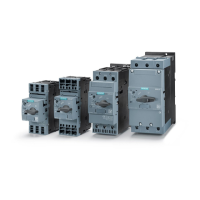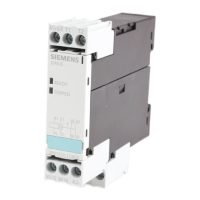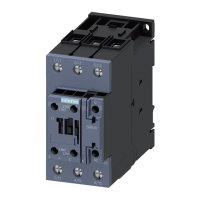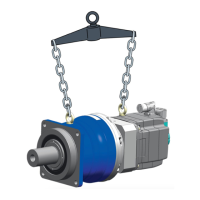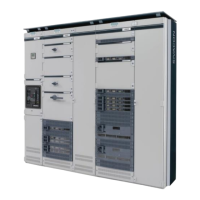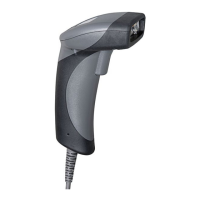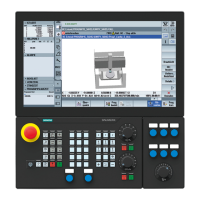Glossary
SIRIUS Innovations
772 System Manual, 01/2011, A8E56203870002-03
Soft starter
This is a motor starter which reduces the starting torque (starting torque, break loose torque)
and the starting current of the motor in order to decrease the vibrations experienced by the
driven machine and to prevent current peaks in the network. The starting torque is reduced
because the supply voltage is initially set to a value lower than the rated voltage of the motor
(the starting torque is proportional to the square of the voltage applied). The terminal voltage
can be increased as soon as the motor starts to run. Classic ways of reducing the terminal
voltage are star-delta (wye-delta) start, startup via resistors in the stator, and startup with an
auto-transformer, for example. The use of solid-state motor controllers with switched thyristor
circuits is becoming more and more prevalent as a way of controlling the terminal voltage on
squirrel-cage motors. See also "Soft starting" and "Soft ramp-down".
Soft starting
Since the motor voltage is controlled (phase control) by an electronic soft starter during the
startup process, the consumed starting current and the starting torque generated in the
motor are also controlled.
Space above the arc chute
When a switching device is being operated, particularly when highly inductive load currents
or short-circuit currents are being switched off, the ionized gases generated by the arc are
pressed out of the openings in the arc chute. In order to ensure that the concentration of
these ionized gases does not reach a hazardous level, a specific clearance must be
provided above or in front of the device. This space above the arc chute is defined by the
manufacturer (usually on the dimension drawings) and depends on whether exposed live
conductors (e.g. busbars), conductive structural components, and insulating partitions can
be found on the switching device. Arc chute attachments can be mounted to larger motor
starter protectors in order to reduce the required clearance and therefore the space required
in the control cabinet. No space is required above the arc chute for vacuum circuit breakers
and vacuum contactors, since the arc will not escape from the vacuum chute and no ionized
gases will be released.
Star-delta (wye-delta) starter
See "Contactor assembly for star-delta (wye-delta) start".
Starting current
Three-phase asynchronous motors have a high direct starting current I
starting.
Depending on
the motor type, this current can be between three and fifteen times as high as the rated
operational current. Seven or eight times the rated motor current can be assumed as a
typical value.
Starting torque
The starting torque and the breakdown torque can usually be assumed to be between two
and four times the rated torque. From the point of view of the load machine, this means that
the starting and acceleration forces exert a higher mechanical load on the machine and the
product being conveyed compared to nominal operation.
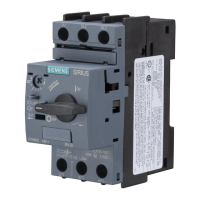
